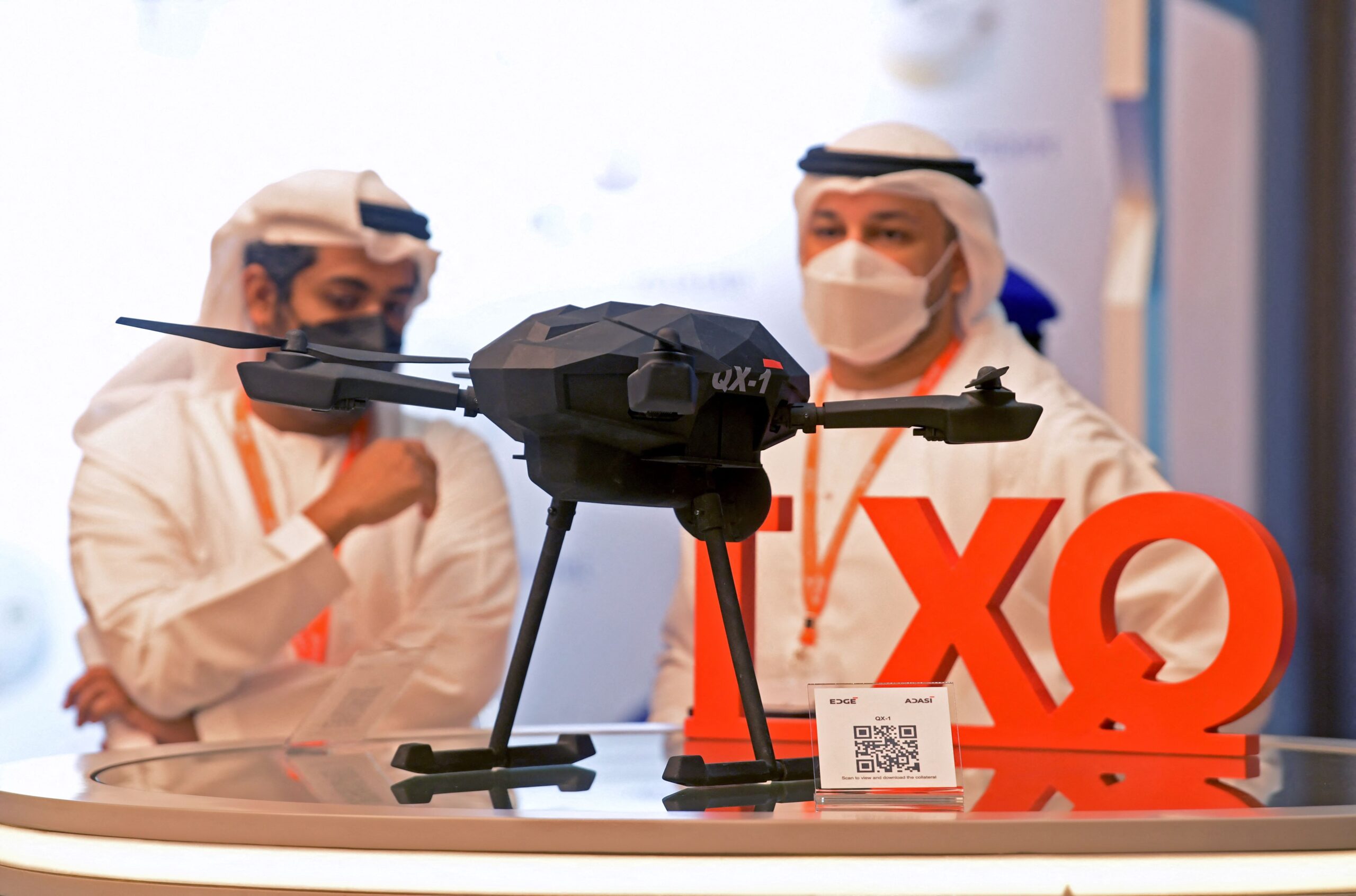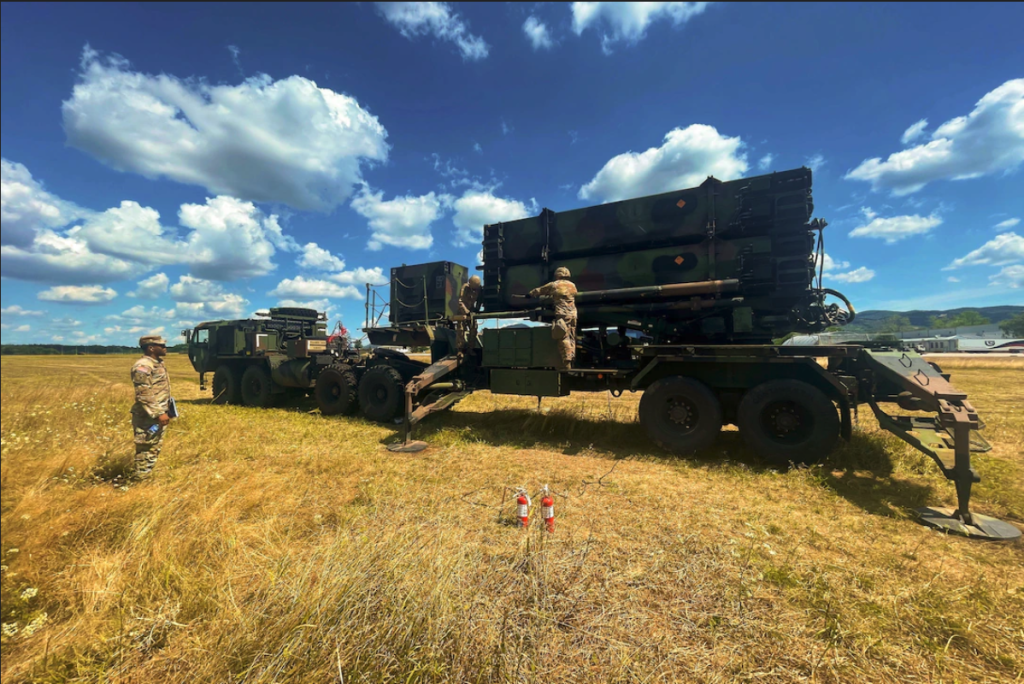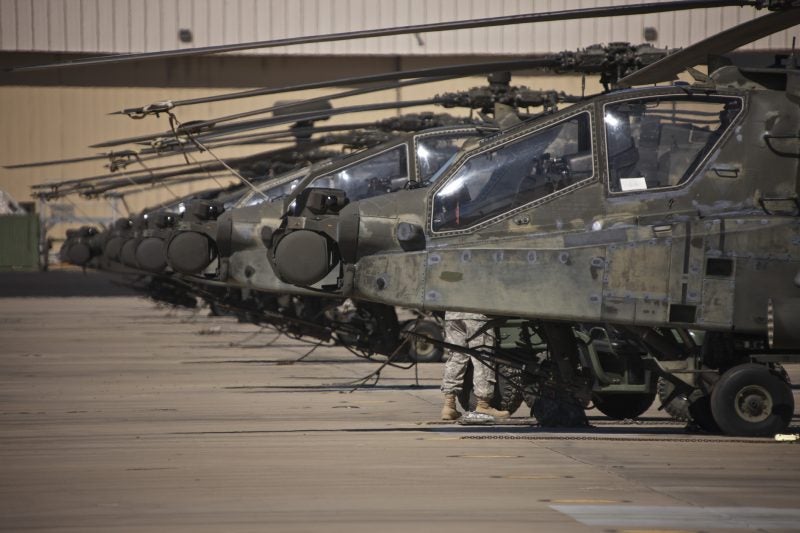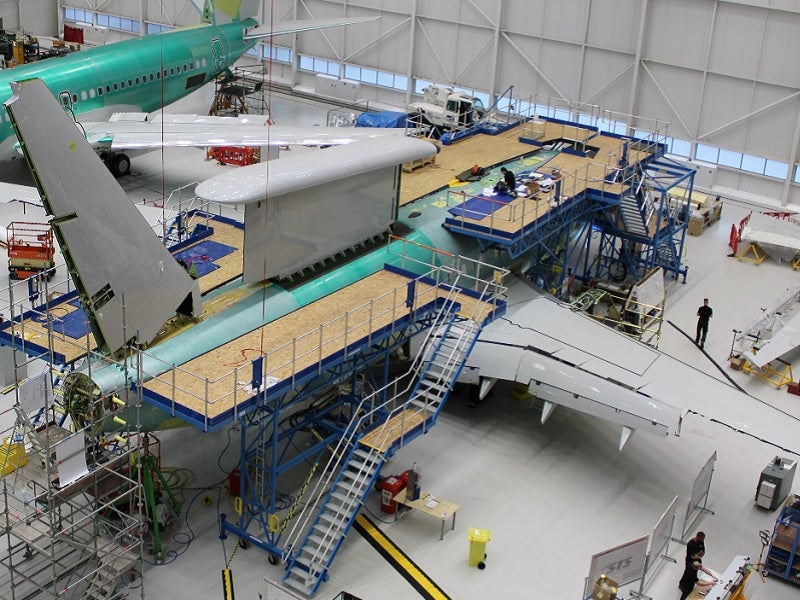
Supplying the Ukrainian war effort has brought with it lessons in future military readiness. Loitering munitions’ further success in Ukraine has put them in the favour of US and UK armed services, while the proliferation of this and other kinds of novel aerial weaponry have motivated the UK Ministry of Defence (MoD) to revolutionise its air defence systems.
Air defence system ambitions
Providing Starstreak anti-aircraft missiles has highlighted the need for UK air defence systems that are cheaper and faster to produce. As early as 21 February this year the UK government made the announcement that it would provide Ukraine with StarStreak high-velocity man-portable anti-air missiles to allow the Ukrainian force to better defend the skies.
“Starstreak missiles…are expensive, difficult to use, and require weeks of training to operate effectively,” said Madeline Wild, aerospace, defense & security analyst at GlobalData.
“This isn’t ideal in times of crisis, as we have seen in Ukraine, as the production of these weapons must be faster and cheaper so that reserves can be replenished quickly.”
On 5 August, UK MoD announced intentions to improve its Land Ground Based Air Defence (Land GBAD) programme. Set to be delivered in ten years, it offers the country a necessary capability boost.
“Novel aerial weapons, and the proliferation of UAV technology… [are] creating the highest level of air and missile threats for three decades.”
“Expected to be delivered by 2032, the Land GBAD programme will improve the UK’s defence against conventional UAVs, quadrocopters , and hypersonic missiles, for which there is a growing prevalence.”
According to GlobalData, the global military UAV market is currently valued at $7.6bn in 2022. Estimates for its expansion project a compound annual growth rate (CAGR) of 4.47% to reach $11.7bn by 2032.
Wild continued: “The development of novel aerial weapons, and the proliferation of UAV technology, have been cited by the British Army in 2021 as creating the highest level of air and missile threats for three decades.
“Unlike Starstreak SHORAD and Sky Sabre M-RAD systems, this programme will encompass all aspects of air defence. These platforms will be integrated under the Land GBAD programme.
“In the meantime, other platforms will be delivered to fill the gap until the Land GBAD is delivered…” said Wild, citing the Sky Sabre M-RAD and a new SHORAD system as examples.
Loitering munitions attract attention
The conflict in Ukraine has seen significant use of loitering munitions against armoured vehicles and personnel. Their autonomous capabilities and ease of use means that they can be used at a tactical level, and eliminate the need to rely on the resource heavy infrastructure needed for Uncrewed Combat Aerial Vehicles (UCAVs).
GlobalData’s report, ‘Thematic Research: Loitering Munitions’, notes that loitering munitions are capable of staying in the air while they search for a target, with some capable of returning to base in the case of an unsuccessful target identification.
Apart from holding several domestically developed models, Ukraine has received loitering munitions from the US, including the ‘Phoenix Ghost’, designed in part to meet key Ukrainian needs.
The US Marine Corps are seeking increased access to loitering munitions, after officially adopted the capability in 2021, while the US army have experimented with the Spike Firefly, a system. Elsewhere, the French Army is planning to purchase AeroVironment Switchblades to supplement its forces.
Although loitering munitions found notoriety during the Nagorno-Karabakh War, western militaries had ‘dabbled’ in funding the new systems much earlier, said William Davies, associate analyst at GlobalData. “In 2010, the Royal Navy sought to procure loitering munitions for their Type 45 destroyers but cancelled the programme in 2017 after having spent £207m on the project.
“There could be some element of concern that loitering munitions may be viewed as a magic bullet by defence planners, potentially drawing funds away from other programmes.”
“AeroVironment Switchblades have also been part of the loitering munitions provided by the US to Ukraine. These inexpensive systems have equipped Ukraine’s forces with surveillance and offensive capabilities to strike against Russian armour and personnel.
“The proliferation of these systems will continue to grow, with the likelihood of smaller militaries fielding variants in the future. But it is too soon to say if their use will be fully adopted by larger militaries who may still see them as a novel solution to a problem, they themselves are not suffering from.”





